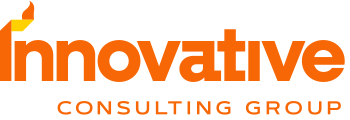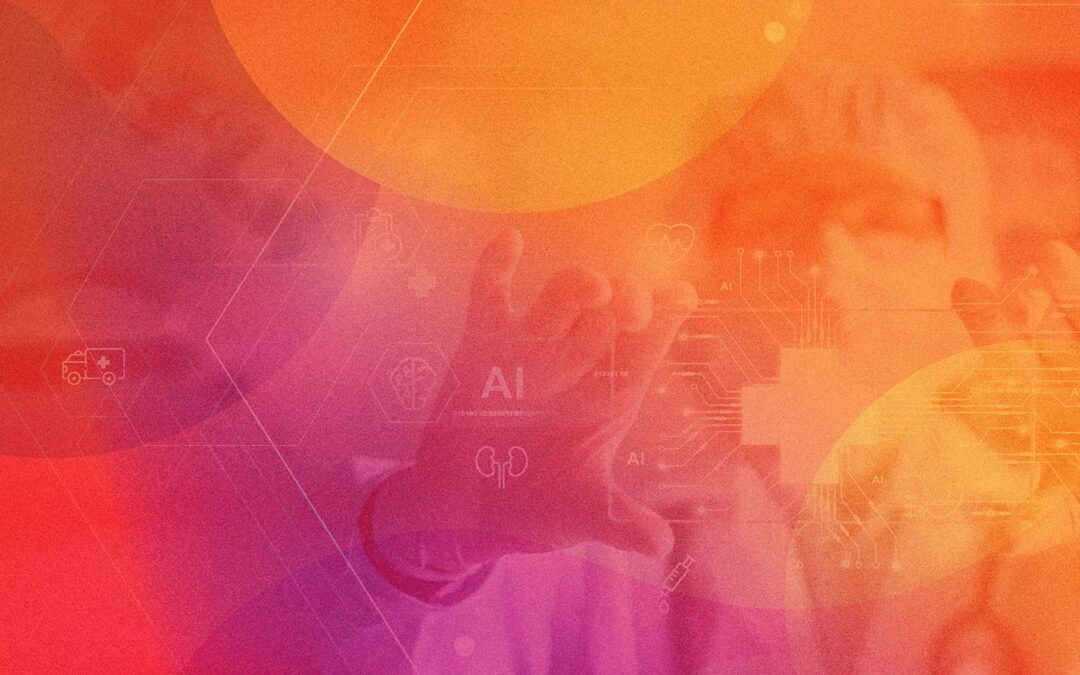Author’s Note: My wife (who is a nurse practitioner) and I recently attended an event for leadership at a prominent health system. Several conversations reflected both the benefits and concerns of AI in the healthcare environment. This ambivalence suggested an even bigger question: Is the organization ready to generate responsible AI? These concerns led me to create this three-part series on ‘AI Readiness.’ — Chris
Comprehensive data integration and trusted data are an essential first step
There’s a temptation for hospitals and healthcare organizations to move quickly into AI (see blog, AI already taking off in healthcare).
And why not? AI promises the healthcare sector a host of improvements: better claims payment adherence, reduced staff burden for scheduling, diagnostic assists, better care monitoring, and even safer surgical treatment. From an administrative standpoint, healthcare executives want operational and financial improvements.
But the fact is that many healthcare organizations may be racing ahead with AI too soon, before they are organizationally ready. In fact, a Pew Research poll last year found that 75% of patients worry that healthcare organizations may be moving into AI too fast, before they have the discipline to use it correctly.
Two vital ways for healthcare organizations to become ‘AI Ready’
Effective AI relies heavily on volumes of information to derive patterns and trends. Then it identifies high probability outcomes and the means to achieve them. But AI is only as good as the data feeding it, and therein lies the rub for many healthcare providers. More likely, existing healthcare data has holes, gaps, and inaccuracies. Healthcare organizations need two essential data requirements:
- Comprehensive data integration. The majority of hospitals and health systems reflect an environment where all technology and data sources are not connected and talking to one another. For example, electronic health records only contain about 20% of all data available to a health system. Using just the EHR data and a few applications connected to it for AI models could limit the depth of AI-generated directives. Comprehensive means that all available data from relevant sources for specific use cases is seamlessly connected.
- Trusted data. Even if your systems, applications, and data sources are connected, the data itself needs to be reliable.
• Data must be accurate, complete, and timely.
• Data redundancy and duplication must be eliminated.
Before investing in early model AI solutions, healthcare organizations need to evaluate the thoroughness of integration throughout both their technology portfolio and other outside sources of data that are in use or available. This begins with rationalizing the existing landscape to evolve to a manageable and relevant infrastructure that can be better integrated to ensure that a comprehensive data and information ecosystem is attainable and manageable.

